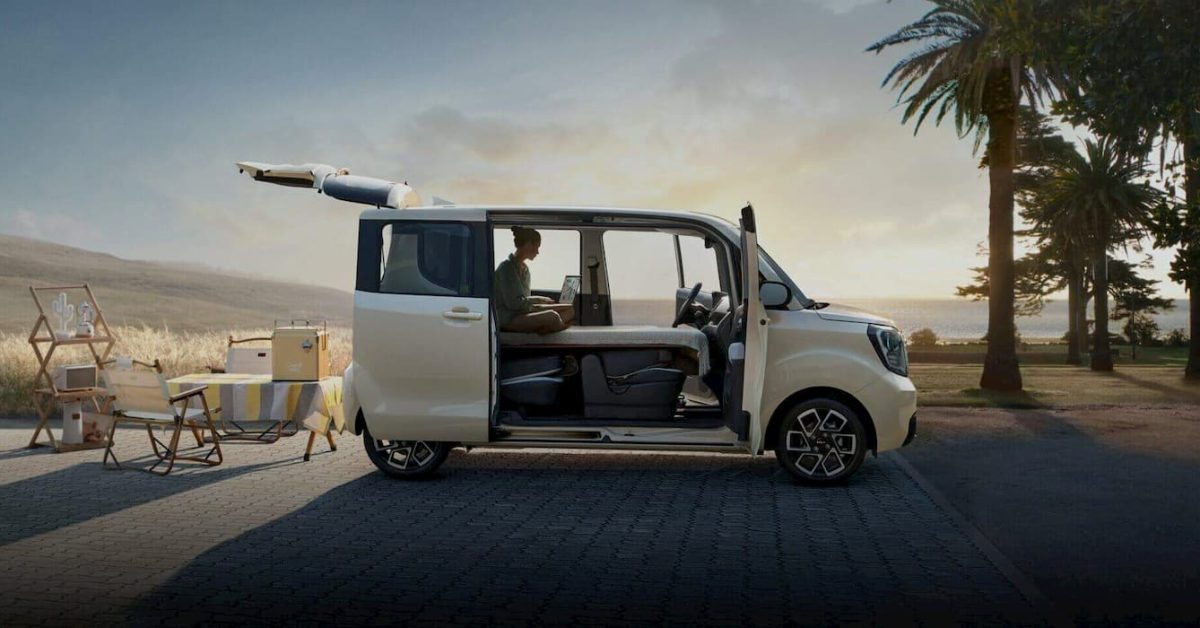Kia officially launched the 2025 Ray EV in Korea with the same low starting price of under $21,000. However, the new model year gains additional features. With incentives, the entry-level electric car can be bought for as little as $15,000 (20 million won).
The “New Kia Ray” was reborn as an entry-level EV last year. After opening pre-orders last August, starting at around $20,500 (27.35 million won), the Kia Ray EV secured over 6,000 reservations in less than a month.



Even A-B-A is counted as “two trips” which immediately doubles the number of trips and halves the distance of each. I have no idea what the rates of A-B-A versus A-B-C-D-A trips are, but their methodology here makes the entire study seem almost pointless, at least when trying to gauge the average mileage people are driving per day in reference to EV range.
Even using average yearly mileage can be misleading as almost nobody drives a fixed number of miles 7 days a week. I have a fairly long commute at 100 miles round trip, but my average daily mileage over a year is only 60 miles, or 60% of what I actually drive when I’m going to work. Someone telling me that a 120-mile range vehicle would work just fine for me based on my daily average would be completely wrong in that assessment when you account for efficiency losses and extra load from things like highway speeds, using the heater, or me having to make side trips somewhere on a work day.
That’s another good point. I guess I assumed that A-B-A was a trip to the grocers and back, for example, but a trip out to the countryside to see the inlaws for the weekend would count as two trips, the A-B and the B-A. Counting the grocery trip as two trips doesn’t seem right to me, I don’t take hours in there.
For what it’s worth, the various electrification plans I’ve been involved with all assume that these ‘long stops’ being the employment location, the hotel, the theatre, the doctors offices, all have charging on site. If this were the case - even just at the workplace - it would be a big help for electric vehicles that have small capacity batteries.